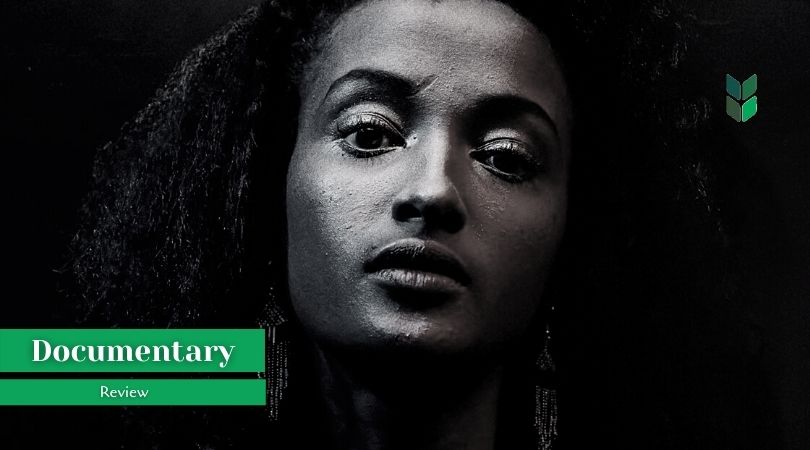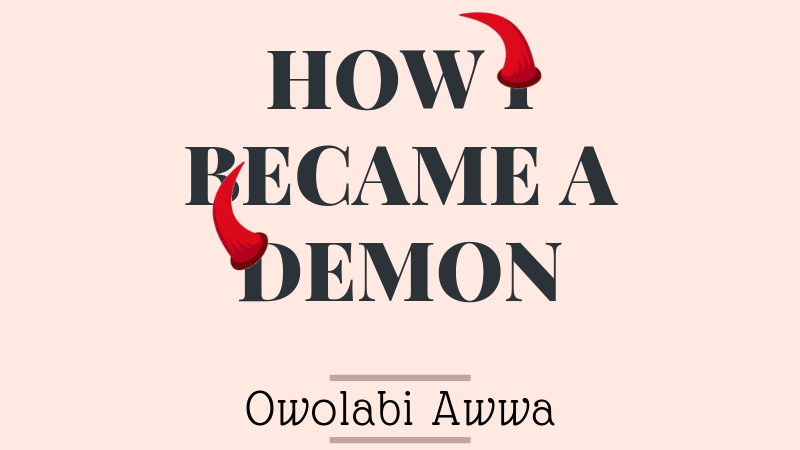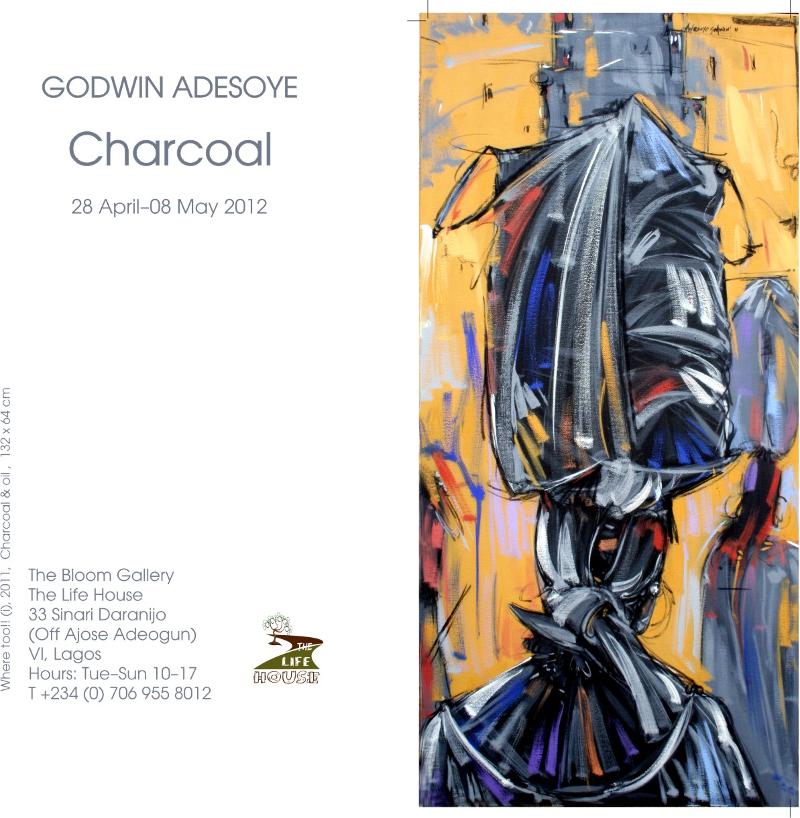
Seven years after the death of 13-year-old Hana Williams, an Ethiopian child adopted by a US couple, Ethiopia decided on an outright ban on foreign adoptions. US adoptions from Ethiopia had boomed following Angelina Jolie and Brad Pitt’s high profile adoption of the six-month old Zahara in 2005 and Guatemala’s 2-year moratorium on adoptions in 2007. By 2016, the East African country was responsible for 20% of US adoptions. Ethiopia was also responsible for a significant portion of European adoptions, including to Denmark.
The death of Hana Williams led to the conviction of the Williams for murder in 2013, a spectacular finale to a sordid affair. But mental health, not murder, is the real ghost that haunts these adoptions. Citing government sources, the state news agency said such international adoptions made children “vulnerable to identity crisis, psychological problems and violation of rights.”
This kind of mental anguish is the subject of A Girl in Return, Katherine Kjaer’s 2019 documentary. Through the travails of Amy Rebecca Steen, a 17-year old girl adopted (along with her younger sister) from Ethiopia by a Danish couple at the age of nine, the film reveals in intimate detail the sordid underbelly of international adoption, the immense psychological burden borne by adoptees and the families they leave behind.
Kjaer’s path to Amy and the question of adoption is not straightforward. In 2008, she ran into Henriette, a rich Danish woman, who, together with her husband Gert, was looking to adopt children from Ethiopia. Ordinarily an act of great compassion, the seedy underbelly of adoption emerges before Kjaer’s camera. Filmed over four and half years and released in 2012, Mercy, Mercy is the story of Kjaer’s redemption from naivete.
Barely had Mercy, Mercy been released than videos of a young girl’s forceful removal from her foster family in Denmark by municipal authorities emerged—the perfect cue for a now-primed Kjaer.
What emerges from that cue is A Girl in Return (or Amys Viljie, as it is known in Denmark), Kjaer’s second documentary feature. From 2013, the film follows the many travails of Amy for five years (Amy is 13 when Kjaer meets her) as she fights for the right of return to Ethiopia. Released six years later in 2019, Kjaer’s method invokes (necessarily) the voyeurism of reality TV but we cannot accuse her of the slick hucksterism of, say, a certain famous show about a certain American family.
Both as observer and artist, Kjaer manages to stay out of the way. Unencumbered for the most part by artistic frills, our fixation is on the tragic unfolding of Amy’s titanic struggle against an immutably inscrutable bureaucracy in a foreign land. Tigist, as Amy had been known back in Ethiopia, was nine years old when she was adopted alongside her toddler sister, Buzayo, and rechristened Amy Rebecca Steen. Particularly because she is 9, Amy feels estranged both from her native and adopted country for differing reasons. Her baby sister has no such trouble, having not developed any of Amy’s 9-year-old subjectivity. One of Amy’s impressions, vocalized with a precocious child’s lack of inhibition, became the wedge that opened a rift between the child and the adoptive mother who had been assured the new daughter she was getting was much younger.
Genet, Amy’s real—and therefore Ethiopian—mother, was pumped full of false hopes of her own: the children she was giving up could come back to see her once they had acculturated to Denmark. She would get regular updates about them, and, she would, in the real sense, be gaining an extended family in Denmark. (Really? Yes, yes, really.) It was going to be a big cross-continental jamboree, she would see. It was a shame Amy’s older sister Beti was too far grown to be adopted, but what better legacy could a dying widow leave her children than the opportunity to pursue better lives?
On the occasions that Amy returns to Ethiopia, it is in open defiance of the rules that bind her to Denmark. Amy has lost most of her Amharic and must now filter her interlocution through other presences. At other times, she approximates meaning by parsing gestures, and Kjaer’s camera captures the anguish Amy wears on her face as visibly as makeup. “Something about my back,” Amy says at the reception organised for her at her grandpa’s. “And I’m too tired to talk Amharic,” she continues, and then leans her head on her grandpa’s shoulder. That this no longer feels like home is exacting a physical toll on Amy.
Amy has lost much more than her language of innocence: the world she knew now recognizes her as apart. Back in Ethiopia, Amy’s quest for home—a psychological plight—is filtered through consciousnesses invested only in material reality.
There is a cold logic to her family’s misunderstanding: the lottery machine had dislodged its coins at Amy’s feet, the direct result of which was her escape from the existential purgatory that is life in their corner of Ethiopia. Amy is Tigist the lucky, not Tigist the Ethiopian.
She is the receptacle into which their hopes have been deposited. Or at least, she is a burden they have succeeded in dislodging from their overwhelming bundle of burdens. The occasional visit is fathomable but a permanent return? Perish the thought. Her family does not understand that back in Denmark, she has been ejected from the foster home in which she found refuge from her adopters. They do not understand her existential battle for identity.
Though she puts a brave face on it, Amy’s predicament is not simply a question of home and enforced exile. Her double consciousness torments her. To continue to go to school in Ethiopia, for instance, means that she has to live alone and at least 30 minutes away from the very family that has become the substance of her yearnings. At the same time, her friends—the ones with whom she mitigates her Danish (mis)adventure—are back in Denmark, accessible only by good internet service available only at a hotel. She can smoke and club back in Denmark, but recriminations follow when a 17-year-old girl does it in Addis.
The real villain of the piece escapes scrutiny here. Amy might be precocious or intransigent (as all teenagers can be), her adoptive family vindictive, the municipal government dismissive and decidedly rigid. But without the asymmetries between the so-called first world and the third, adoption as compassion… in fact the concept of transnational adoption in any guise, is negated at conception.
Years down the line, Genet, it turns out, is not dying. Newly hopeful, she wants her daughter back. Successfully proving she was conned by the adoption agency, Genet wins a reversal of her daughter’s adoption at the Ethiopian Supreme Court, essentially nullifying the Steens’ adoption of her children. Having been ruled illegal in the originating country, the adoption is in essence a kidnap. Danish law, we are told, is unconcerned with legal imperatives from the horn of nowhere. What would happen were roles reversed?
Back in Denmark, Amy remains in punitive purgatory. Estranged from her vindictive adoptive family and forcefully separated from her beloved foster mother, she floats in Denmark, an onílé ọlọ́nà that has become an ọmọ ìjọba.








